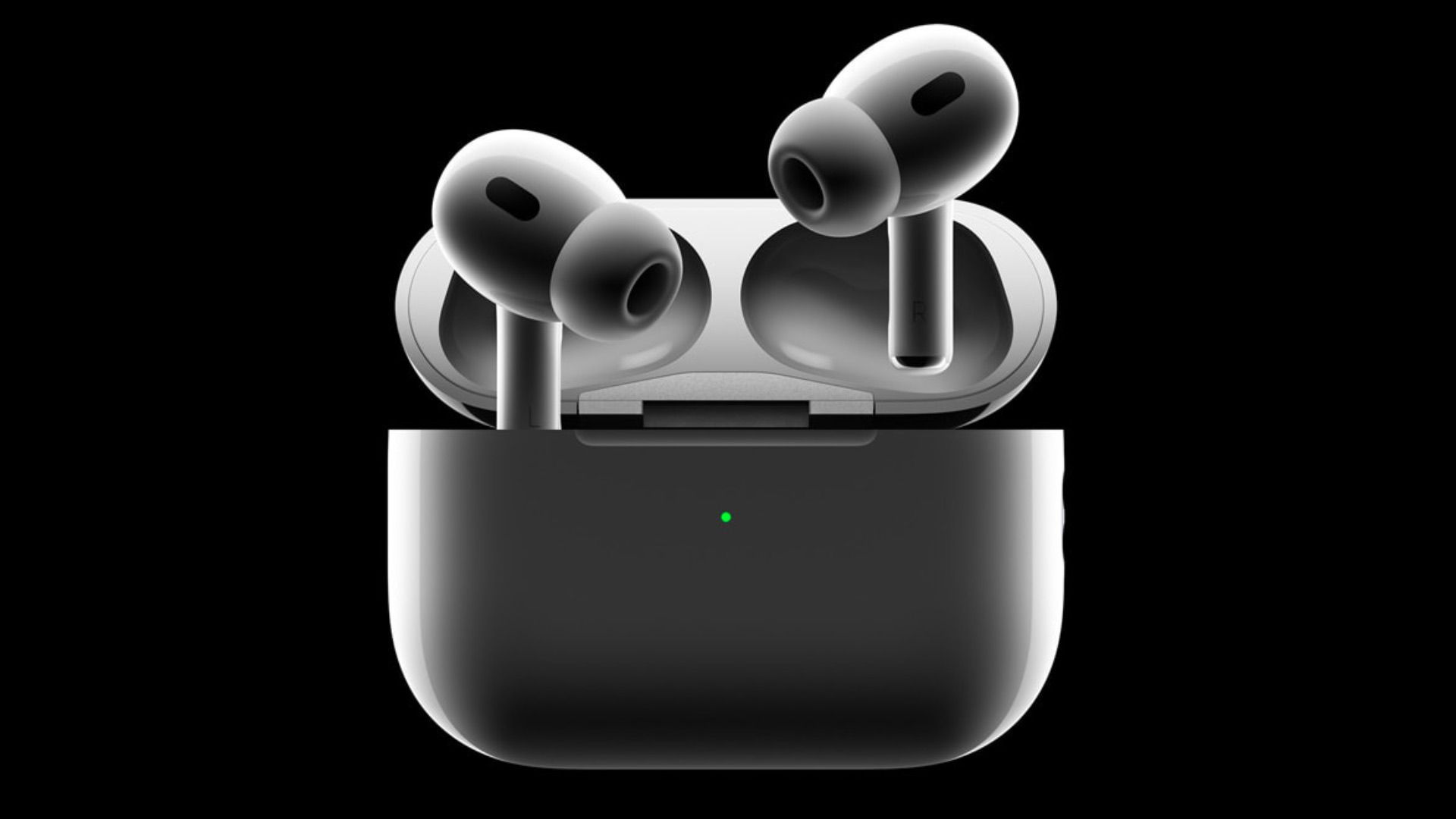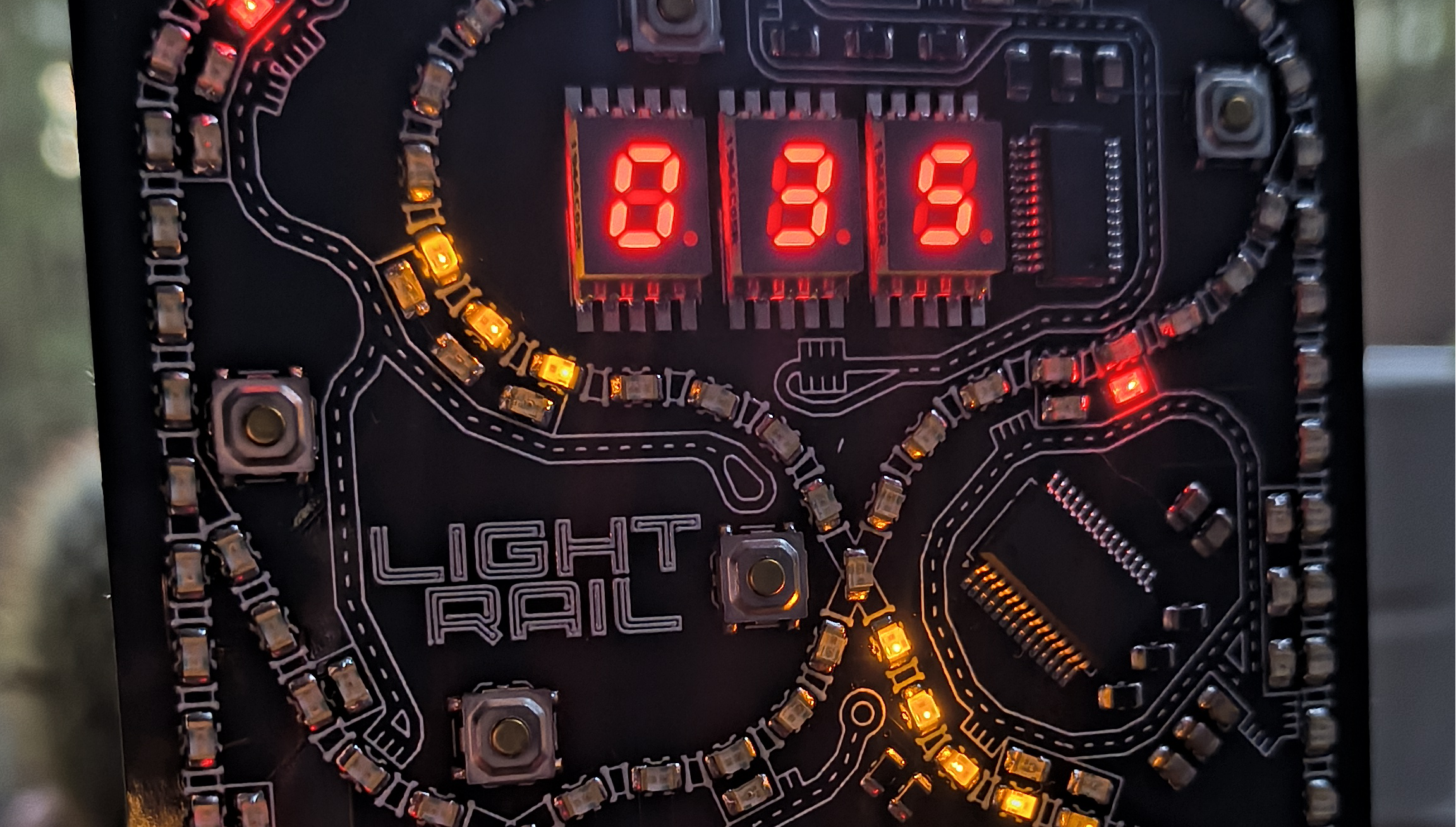Framework 13: A Revolutionary Modular Laptop Experience

As we look towards 2025, the tech world is buzzing with innovations, particularly in the realm of lightweight laptops. Among the many contenders vying for attention, Framework has carved out a significant niche with its commitment to customizable and ultra-repairable mobile devices. This dedication to modular design has culminated in the Framework 13, a laptop that goes beyond being a mere gadget; it embodies a hands-on creative experience that allows users to engage deeply with their device.
Framework has made considerable improvements over its earlier models, and while you can certainly purchase the Framework 13 pre-assembled, my experience with the DIY kit was both enriching and enjoyable. This kit arrived with a sleek laptop chassis featuring a pre-installed battery, CPU, and cooling unit. My task was to install components such as the memory, storage, keyboard, screen bezel, and various expansion cards to customize my laptop according to my needs. Even when taking my time to ensure that the RAM and SSD were correctly placed, the assembly process was surprisingly swift, taking even less time than the unboxing of all components. The magnetic bezels and keyboard easily snapped into place, eliminating any messy adhesives that can complicate repairs or replacements. Once I installed Windows 11, I had a laptop that felt distinctly personal, reflecting my choices and efforts in its assembly.
However, its important to acknowledge that the Framework 13 comes with a hefty price tag when considering the cost of individual components. While the modular nature of the laptop enables a unique and personalized experience, it does not diminish the reality of the overall cost. My configuration, which included a 2.8K display, an AMD Ryzen AI 7 350 CPU, two 8 GB sticks of DDR5 memory, and a 1 TB M.2 2280 SSD, totaled around $1,680. If you opt for the more powerful Ryzen AI 9 HX 370 processor, the price could escalate close to $2,000. This figure does not even account for the additional cost of a Windows license, which would add another $140 to your bill. For those seeking a more streamlined experience, Framework recommends trying the Linux-based Fedora 41 as an alternative.
Nonetheless, potential buyers should consider the trade-offs that come with this level of customizability. Despite the Framework with the Ryzen AI 7 350 surpassing the performance of the 2024 Dell XPS 13 equipped with an Intel Core Ultra 7 256 V in CPU benchmarks, it still falls short of the Apple MacBook Air M4, which, despite its higher price point, reigns supreme in performance metrics for this laptop category. Therefore, creatives such as artists or 3D modelers may want to look at higher-tier options unless they are willing to invest in the Ryzen AI 8 HX 370 variant. Alternatively, for about the same price, one could acquire a machine featuring a discrete GPU, which may provide better performance for graphics-intensive tasks.
One of the challenges with a modular laptop is ensuring that it maintains the same level of usability and aesthetic appeal as non-modular laptops from other brands. In this regard, Framework has succeeded admirablythe keyboard and trackpad experience is reminiscent of premium devices. The Framework 13s keys have a solid depth of 1.5 mm, delivering an excellent typing experience, while the trackpad offers just the right amount of resistance, making navigation smooth and intuitive.
Thermal performance has also seen notable enhancements. During extensive use, even with demanding benchmarks running, the fans remained relatively quiet, contributing to a comfortable user experience. However, the laptops bottom panel can become warm with prolonged use, especially when multitasking with numerous applications open.
That said, several aspects of the laptop do leave room for improvement. The dual stereo 2W speakers, while adequate for casual YouTube viewing, fall short for watching movies or engaging with immersive content. Additionally, the built-in webcam struggles to deliver clear video, especially in low-light environments, and the screen brightness, while sufficient for indoor use, lacks the intensity needed for outdoor work in direct sunlight.
Despite these drawbacks, the price tag of the Framework 13 can be justified by its unique modularity and customizability. It fosters a genuine sense of ownership, akin to building a Lego set where the connection to each piece enhances the overall experience. I found myself wishing that Framework would expand its offerings to include a wider variety of colors and designs, as the opportunity for self-expression through tech seems ripe for exploration. I was particularly drawn to the see-through plastic bezel, though I lamented not receiving any of the new clear plastic expansion cards to truly complete my vision.
Looking ahead, its clear that Frameworks innovative approach is beginning to influence the industry at large. Other manufacturers, like the Asus ROG Strix Scar for 2025, are starting to incorporate tool-less designs that allow for easier access to essential components such as the battery and RAM. Intels own VP of Client Computing, Gokul Subramaniam, has expressed enthusiasm for the future of modular laptops, indicating a shift in industry standards towards more customizable devices. Even if the Framework 13 is too pricey for some, its very existence sparks a vital conversation about the future of laptop design and the potential for user engagement in the tech landscape.

























